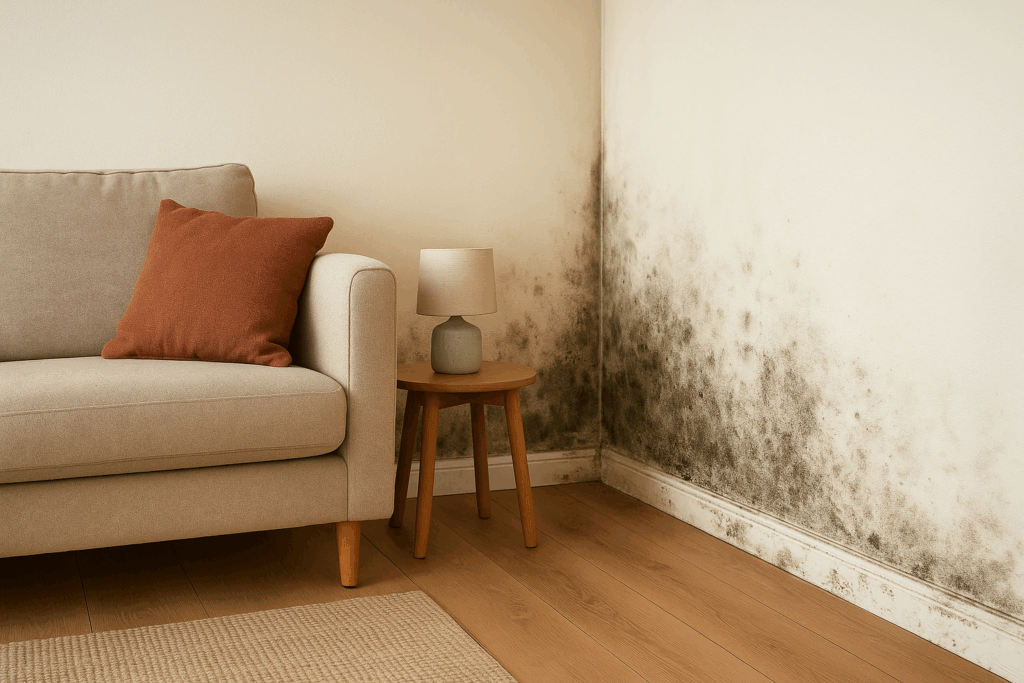Dust exposure and the proper fitting of respiratory protective equipment (RPE) are critical issues in many industries.
Not only are they common concerns, but they’re also legal requirements under the Control of Substances Hazardous to Health (COSHH) Regulations.
If you’re an employer, you might be wondering how to ensure compliance and keep your workers safe. Or, if you’re an employee, you may want to know your rights when it comes to dust exposure and RPE.
To help clear things up, we’ve put together a list of frequently asked questions that tackle the key aspects of dust exposure and RPE face fitting.
This guide provides the essential information you need to confidently navigate this critical safety issue.
Why Is Dust Exposure a Concern in the Workplace?
Exposure to dust can lead to numerous health problems, ranging from mild irritation to severe respiratory diseases.
Some types of dust, such as silica dust or asbestos fibres, are particularly hazardous and can cause lung cancer, silicosis, or asbestosis.
Employers are legally responsible for protecting their workers from dust exposure and ensuring a safe working environment.
What Are the Different Types of Respiratory Protective Equipment (RPE)?
There are two main types of RPE:
- Tight-fitting masks, such as disposable filtering facepieces (FFP) and reusable half masks
- Loose-fitting masks, like powered air-purifying respirators (PAPR) and helmets or hoods
Tight-fitting masks provide protection by relying on a good seal between the mask and the wearer’s face.
Loose-fitting masks, on the other hand, do not require a tight seal and are suitable for individuals with facial hair or other factors that may interfere with the seal of a tight-fitting mask.
Who Is Responsible for Health and Safety at Work?
Both employers and employees have responsibilities regarding health and safety at work.
Employers must provide a safe working environment, conduct risk assessments, and provide appropriate RPE and training.
Employees, in turn, must follow safety guidelines, use the provided RPE correctly, and report any concerns or issues to their employer.
Why Is Work Health and Safety Important?
Work health and safety is essential for several reasons:
- Protecting employees from injuries, illnesses, and fatalities
- Maintaining a productive and efficient workforce
- Reducing costs associated with accidents, injuries, and sick leave
- Complying with legal requirements and avoiding penalties
- Promoting a positive company reputation and employee morale
What Are the Key Regulations Governing Dust Exposure and RPE in the UK?
The primary regulation governing dust exposure and RPE in the UK is the Control of Substances Hazardous to Health (COSHH) Regulations. Under COSHH, employers must:
- Assess the risks to health from hazardous substances, including dust
- Provide appropriate control measures, such as RPE, to minimise exposure
- Ensure that RPE is suitable for the intended use, properly fitted, and maintained
- Provide employees with information, instruction, and training on the use of RPE
Other relevant regulations include the Personal Protective Equipment at Work Regulations 1992 and the Management of Health and Safety at Work Regulations 1999.
Can I Wear a Tight-Fitting Mask if I Have a Beard or Facial Hair?
No, you cannot wear a tight-fitting mask if you have a beard or facial hair that interferes with the seal between the mask and your face.
Research has shown that even a small amount of stubble can significantly reduce the protection provided by tight-fitting masks.
A study by the Health and Safety Executive (HSE) found that protection could be reduced by as much as 33% due to stubble, and this effect worsened as facial hair grew.
If you have facial hair, you should opt for a loose-fitting mask, such as a PAPR or a helmet/hood, which does not rely on a tight seal to provide protection.
How Often Should I Face Fit Test My Tight-Fitting Mask?
Face fit testing should be conducted:
- Before an employee first starts wearing a tight-fitting mask
- Whenever there is a change in the mask type or model
- When there are significant changes in the wearer’s facial characteristics, such as weight loss or gain, dental work, or facial surgery
It’s also recommended that periodic face fit testing, such as annually, be conducted to ensure the mask continues providing adequate protection.
What Should I Do if My Tight-Fitting Mask Fails the Face Fit Test?
If your tight-fitting mask fails the face fit test, you should:
- Try a different size or model of the same type of mask
- Consider a different type of tight-fitting mask
- If you have facial hair or other factors that interfere with the seal, opt for a loose-fitting mask instead
How Can HCS Safety Help with Face Fit Testing?
HCS Safety offers a comprehensive Face Fit Testing – Train the Tester course designed for companies that need to conduct face fit testing on their employees. The course covers:
- Common hazardous chemicals and how they affect the body
- Legislation and guidance
- Set-up of equipment
- Fitting of masks
- The sensitivity test
- Practical face fit testing
This course will provide the knowledge and skills necessary to conduct qualitative face fit testing using a 3M FT30 testing kit.
For more information on our face fit testing courses, contact our friendly team today.
Alternatively, you can head directly to the HSE guidance on the Personal protective equipment (PPE) at work regulations 2022.




